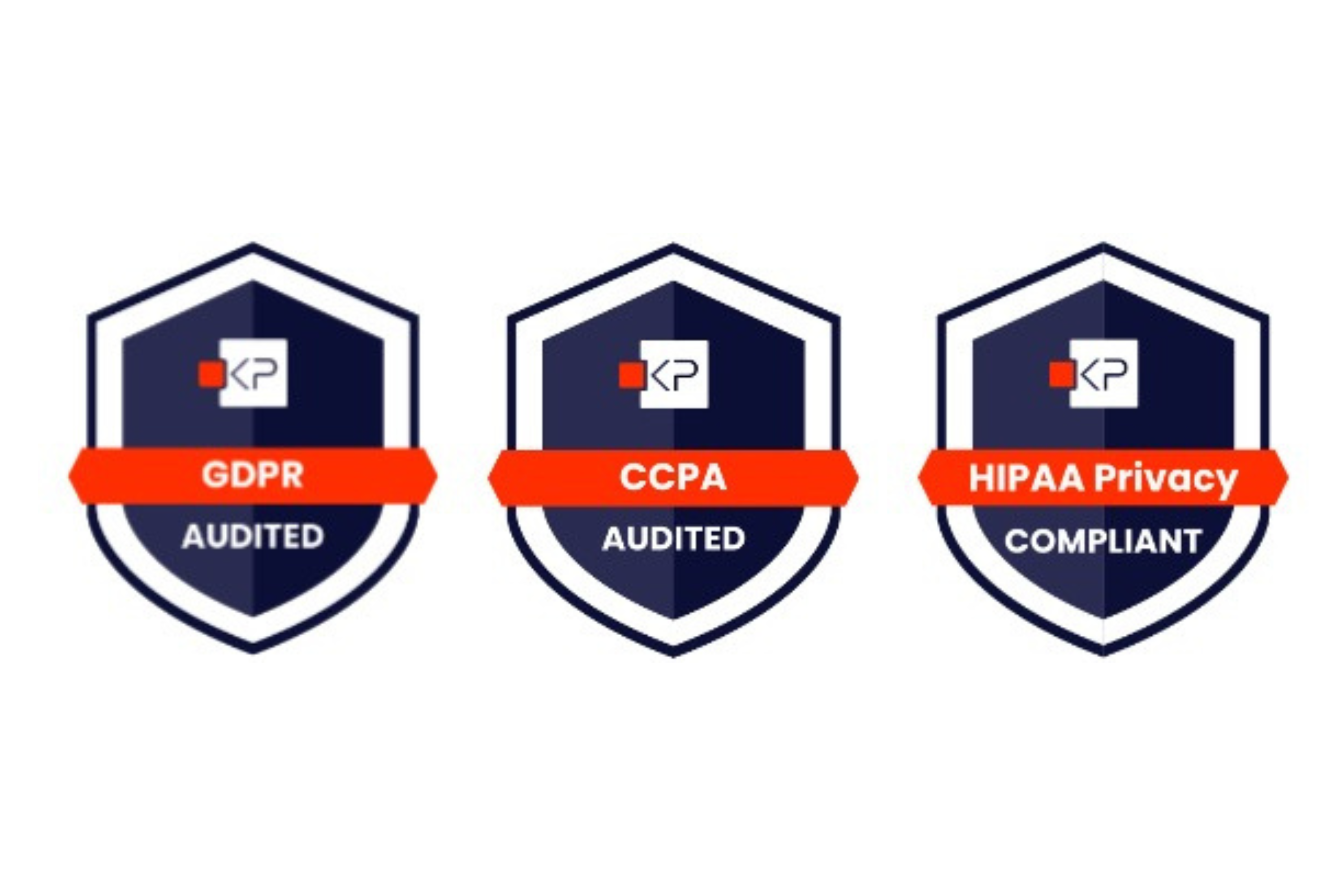Overcoming Health Assessment Completion Barriers in Diverse Populations
August 21, 2025

Overcoming Health Assessment Completion Barriers in Diverse Populations
August 21, 2025
Picture this: A 70-year-old Medicare member struggling with tiny text on her smartphone. A busy commercial employee abandoning a lengthy assessment mid-lunch break. A Medicaid member who moved three times this year and never received the invitation.
These aren't edge cases. They're the reality facing every healthcare organization trying to boost health risk assessment (HRA) completion rates.
After 28+ years in the industry, we've cracked the code on what actually works. The answer isn't better technology or bigger incentives. It's understanding that each population has unique needs, and one size definitely doesn't fit all.
The Challenge Is Real
Health assessments drive everything from NCQA ratings to personalized care plans. Yet completion rates vary wildly across populations.
Medicare members love thorough communication but struggle with digital platforms. Medicaid populations face constant address changes and technology barriers. Commercial employees want quick, mobile-friendly experiences. D-SNP members were labeled "unreachable" until thoughtful organizations proved them wrong with targeted strategies.
The barriers span every demographic: rural internet access, language differences, health literacy gaps, and assessment design that ignores real-world constraints.
What Actually Works: The Omnichannel Approach
Forget the spray-and-pray method. Smart organizations tailor their outreach like a precision instrument, using multiple methods that each offer different advantages.
Email and SMS to digital HRA provides the fastest, most cost-effective approach with immediate delivery and real-time tracking, though it requires accurate contact information and assumes digital comfort.
Letter with paper form ensures universal accessibility regardless of technology barriers and works well for populations preferring traditional methods, but costs more and takes longer to process.
Live agent phone support offers personalized assistance and can clarify questions in real-time, though it's the most expensive option and may face challenges with hearing-impaired members.
Understanding each population's characteristics helps determine the right mix. Many Medicare members do appreciate digital options, but some will always prefer paper, and live agent phone support may be challenging for those with hearing impairments. Medicaid members may not have reliable, current mailing addresses but most do have smartphones, making mobile-optimized digital approaches surprisingly effective. Commercial employees typically embrace digital-first strategies but need quick, streamlined experiences that fit into busy workdays.
The magic isn't in the number of touches. It's in the timing, method, and message matching each population's reality.
Beyond Translation: True Inclusivity
Real inclusivity goes deeper than simply translating text into Spanish. It means designing for everyone through 6th-grade reading level where sentence structure matters more than big words, visual diversity that actually represents your population, gender-neutral language throughout, and 100+ language support through browser translation.
Remove every barrier by offering smartphone AND paper options, telephonic completion with live agents, Section 508/ADA compliance built-in (such as variable font size and support for screen readers), and pause-and-resume functionality for busy lives.
Create relevant experiences by tailoring question sets to each population's health needs and circumstances. Medicare members need questions about activities of daily living and fall risk. Medicaid populations benefit from social determinants and substance abuse screening. Commercial employees want streamlined questions focused on workplace wellness and preventive care.
The Technology That Adapts
The best platforms work like water, flowing into whatever container your members prefer. Conditional branching eliminates irrelevant questions (no Medicare questions for 25-year-olds). Responsive design works equally well on any device. Auto-save functionality prevents frustrating do-overs. Progress indicators set realistic expectations.
Behind the scenes, scannable paper forms integrate seamlessly with digital responses, ensuring no completion method creates second-class data.
Incentives That Actually Motivate
The $20-50 sweet spot works, but context matters. Medicare members respond to health-focused rewards or charitable donations. Commercial populations prefer retail gift cards or additional benefits. Medicaid members need practical incentives addressing immediate needs.
Timing beats value every time. Immediate rewards create positive reinforcement loops that drive future engagement.
Measuring What Matters
Completion percentages tell only part of the story. Smart organizations track contact information accuracy (the foundation of everything), channel preference optimization (email vs. SMS vs. mail), opt-out rates (early warning system for design problems), and population-specific benchmarks (not generic industry averages).
The Bottom Line
Diversity isn't a problem to solve. It's an opportunity to create assessment programs that actually work for real people living real lives.
The evidence is overwhelming: when organizations stop forcing square pegs into round holes and start designing for diversity from day one, completion rates soar across every population.
The question isn't whether your organization can achieve these results. It's whether you're ready to abandon the one-size-fits-all approach and start meeting people where they are.
Ready to transform your completion rates?



